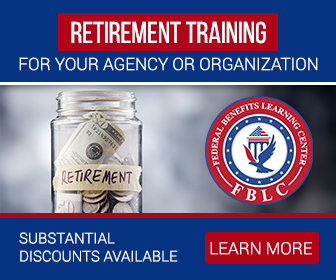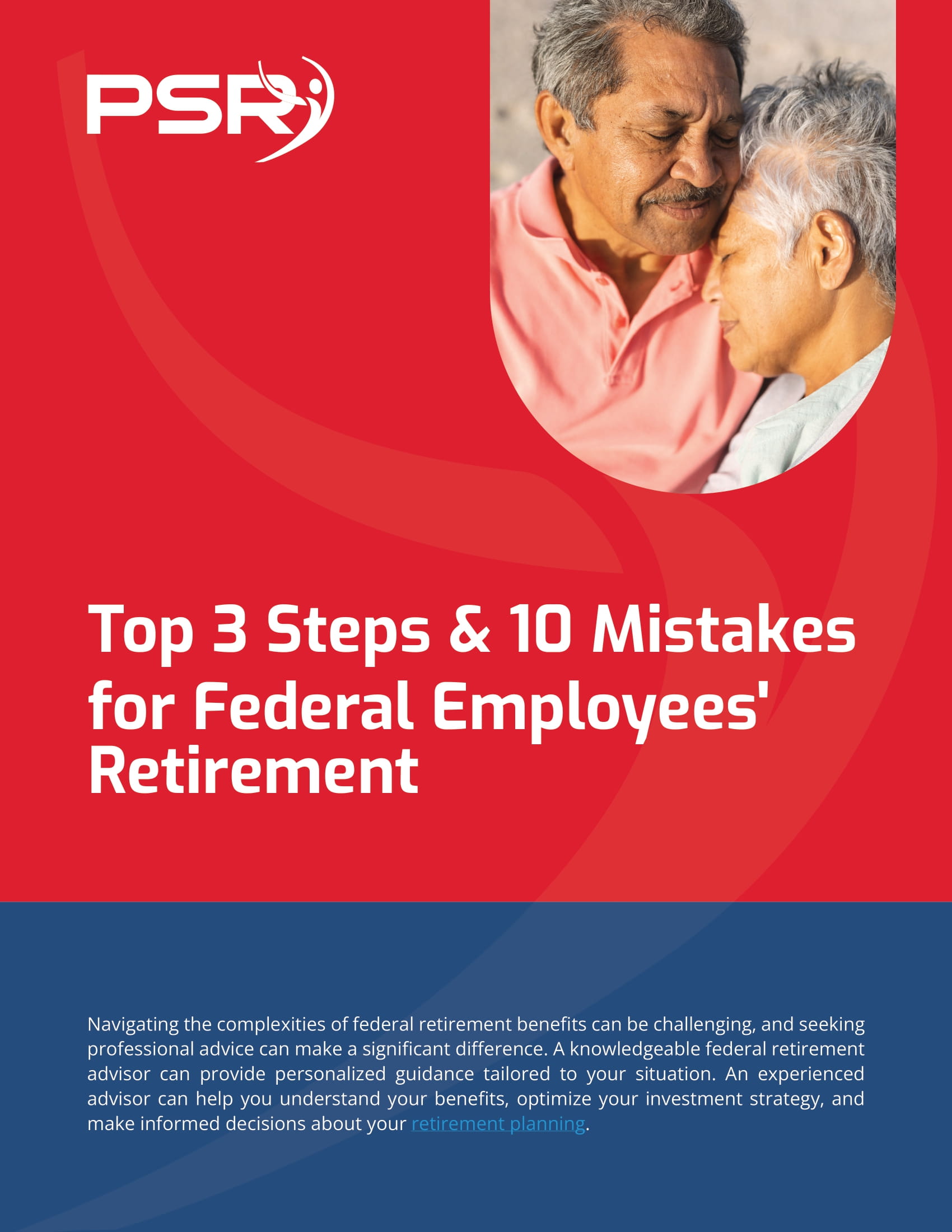Key Takeaways
-
Your Federal Employees Health Benefits (FEHB) plan doesn’t work the same in retirement as it does while you’re employed, and some changes can significantly affect your costs and coverage.
-
Understanding how Medicare interacts with FEHB, what coverage continues, and the real cost of premiums and out-of-pocket expenses can help you plan smarter for retirement.
The Comfort of FEHB—and the Hidden Shifts in Retirement
If you’re like many public sector employees, you’ve come to depend on the FEHB Program
- Also Read: FAA, Law Enforcement, and Special Federal Employee Categories—Here’s What Makes Their Retirement Unique
- Also Read: Blending Private and Public Sector Retirement Plans Is Complicated—Here’s Where Couples Get It Wrong
- Also Read: The Silent Shift in Postal Service Retirement Benefits That Could Change Everything by 2026
Let’s walk through what changes, what stays the same, and what you need to be aware of before assuming FEHB will seamlessly carry you through your retirement years.
1. You Must Meet Eligibility Criteria to Keep FEHB
Not everyone can automatically carry FEHB into retirement. To qualify, you must:
-
Be entitled to retire under a federal retirement system (like FERS or CSRS)
-
Have been continuously enrolled (or covered under a family member’s enrollment) in FEHB for the five years immediately before your retirement, or for the full period of service if shorter
Failing to meet these criteria means your FEHB coverage ends when your employment ends. That can lead to a scramble for coverage—and unexpected costs.
2. Premiums Don’t Disappear After You Retire
One of the biggest misconceptions is that your premiums will reduce or go away in retirement. The reality is:
-
You continue to pay your share of the FEHB premium, which can increase annually
-
You now pay premiums with after-tax dollars, unlike during employment when payments came out pre-tax
-
Premiums may increase faster than inflation, especially in high-cost areas or plans with low deductibles
In 2025, FEHB premiums increased by over 11% on average, with enrollees paying about 13.5% more than the previous year.
3. Out-of-Pocket Costs Can Shift Dramatically
While coverage continues in retirement, your cost-sharing might not stay consistent:
-
Deductibles, copayments, and coinsurance may be higher than what you experienced during employment
-
Some retirees find themselves paying more for specialist visits, hospital stays, or certain prescriptions
-
Not all plans offer the same level of protection from out-of-pocket expenses without Medicare coordination
It’s critical to review your plan’s Summary of Benefits every year during Open Season.
4. FEHB and Medicare—A Complex Relationship
Once you turn 65, you become eligible for Medicare. The big question: should you enroll in Medicare Part B, and how does it coordinate with FEHB?
If you’re retired and Medicare-eligible:
-
Medicare becomes your primary coverage if you enroll
-
FEHB acts as secondary, potentially reducing your out-of-pocket costs
-
Some FEHB plans waive deductibles or cost-sharing if you have both Part B and FEHB
If you don’t enroll in Medicare Part B:
-
FEHB remains your sole coverage, but you might face higher out-of-pocket costs, especially for services Medicare would have covered
-
Some FEHB plans may impose higher coinsurance without Part B
In 2025, Medicare Part B’s standard monthly premium is $185, and the deductible is $257. These costs need to be factored into your retirement budget if you choose to enroll.
5. Coverage for Spouses and Family Members Can Be Tricky
If your spouse or family members are also covered under your FEHB plan, their eligibility continues as long as:
-
You’re enrolled in Self Plus One or Self and Family coverage
-
You continue paying the premiums
However, if you pass away, survivors may only keep FEHB if you elected a survivor annuity for them. Without that election, their coverage ends—even if they’ve been under your plan for years.
Make sure you:
-
Understand the survivor benefit election rules
-
Review your coverage choice annually
-
Speak with a retirement specialist about your family’s long-term coverage options
6. Open Season Still Matters—Even in Retirement
Just because you’re retired doesn’t mean your choices are locked in forever. Open Season runs from mid-November to mid-December every year. During this time, you can:
-
Switch plans or coverage types (Self Only, Self Plus One, Self and Family)
-
Enroll in or cancel FEHB (though canceling FEHB in retirement is rarely advised)
-
Review updated plan brochures to see changes in benefits, networks, or costs
Retirees often overlook Open Season, but staying informed could help you avoid a plan that suddenly becomes more expensive or restrictive.
7. You’re Responsible for Coordinating With Medicare
Once you turn 65, Medicare doesn’t automatically enroll you unless you’re already receiving Social Security. That means it’s your responsibility to:
-
Enroll in Medicare Part A and/or Part B on time
-
Understand the penalties for late enrollment (unless you qualify for a Special Enrollment Period)
-
Decide how to coordinate Medicare with your FEHB plan
Failing to take action can lead to lifelong penalties or unexpected gaps in your coverage.
8. Special Rules for Postal Retirees Under PSHB in 2025
In 2025, the Postal Service Health Benefits (PSHB) Program replaces FEHB for Postal retirees. Key points:
-
Postal retirees must enroll in a PSHB plan during Open Season
-
Medicare-eligible annuitants are generally required to enroll in Medicare Part B to maintain PSHB coverage, unless they meet an exemption
-
Prescription drug coverage is integrated with Medicare Part D via an Employer Group Waiver Plan (EGWP)
The PSHB change adds complexity for postal retirees, especially when it comes to timelines and Medicare requirements. Missing enrollment windows could lead to coverage lapses or limited access to prescription benefits.
9. Travel Coverage Isn’t Always the Same
While some FEHB plans provide nationwide or even international coverage, this isn’t guaranteed in retirement:
-
Plans may limit coverage to emergency care outside the U.S.
-
You may face higher costs or no coverage if you move to another state or region
-
Medicare generally doesn’t cover care outside the U.S., so relying on Medicare without a supportive FEHB plan could leave gaps
If you plan to move or travel extensively in retirement, double-check your plan’s coverage rules.
10. Your Annuity and FEHB Are Linked
Your FEHB premium is deducted from your federal annuity each month. But what happens if your annuity doesn’t fully cover the cost?
-
If your annuity is too small, you may receive a bill from OPM and need to pay directly
-
Late payments can lead to coverage termination
-
This situation is more common for retirees with lower annuities or higher-cost plans
Keep track of your annuity and plan costs to avoid surprises.
Protecting Your Retirement Healthcare Requires Planning
FEHB remains a valuable benefit in retirement, but it doesn’t run on autopilot. From Medicare decisions to spousal coverage, premium shifts, and Open Season participation, staying informed is essential.
Don’t assume everything stays the same once you stop working—because it doesn’t. Understand the fine print now so you can avoid unexpected costs later.
If you’re unsure how FEHB and Medicare will work together in your specific case, or how survivor benefits could affect your family’s access to healthcare, speak with a licensed agent listed on this website for professional guidance.












